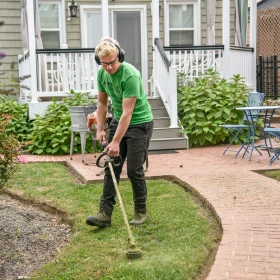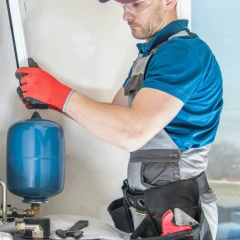













Hurricane season can come fast and hit hard. If you own a boat in a hurricane-prone area, prepping isn’t optional—it’s essential. But physical prep isn’t enough. If your insurance doesn’t cover named storms or wind damage, you could be left high and dry—without coverage when you need it most.
Here’s how to storm-proof both your boat and your insurance policy.
These steps are the frontline of protection when a storm is on the radar:
If your marina is in a storm zone, pulling your boat out of the water is often the safest move. Some insurance policies may even help cover this if they include a named storm haul-out reimbursement. (Check your policy.)
This is particularly relevant in places like Florida, where marina requirements and hurricane prep expectations can impact both your premium and your access. See what insurers may require in our Florida Boat Insurance Guide before storm season ramps up.
Secure your boat with extra dock lines and use chafe protection anywhere lines make contact. Storm surge can drastically raise water levels, so allow slack where needed.
Remove everything loose or removable—canvas, cushions, sails, electronics, dinghies, antennas. Anything left out is a flying liability.
Shut down the electrical system and close fuel lines. This reduces the risk of fire or flooding damage.
Take date-stamped photos of your boat from multiple angles before the storm. If you need to file a claim later, this documentation can be critical.
Safety starts before the storm. For broader protection tips beyond hurricanes, share these boating safety tips with others to help prevent damage, injury, and insurance headaches year-round.
Now is the time to make sure your insurance policy is storm-ready too. Unfortunately, more and more carriers are excluding storm-related events—or silently dropping coverage for things like:
Some policies no longer cover damages caused by officially named hurricanes or tropical storms.
This often surprises boat owners—especially those who assume “comprehensive” means hurricane-ready. Don’t fall for these other common boat insurance myths that could leave you underprotected.
This could mean you’re out of luck for major events.
In certain coastal areas, insurers have removed windstorm protection altogether. If a wind gust knocks your vessel into a piling or rocks it loose—no coverage.
Some insurers won’t help pay for hauling your boat before a storm. Others only reimburse if you meet specific requirements (like storm category or notice period).
1. Review Your Policy Carefully
Check for these key terms: “named storm exclusion,” “windstorm,” “hail,” “hurricane,” “tropical storm.” Look at what’s excluded—not just what’s covered.
2. Call Your Agent and Ask These Questions:
3. Consider Switching Carriers if Needed
Some companies, like Markel (who works directly with Sun Coast), still offer named storm coverage—even as others pull back. If your current provider doesn’t offer it, now may be the time to reach out to our team to get your set up appropriately.
We also provide access to specialized coverage for vessels of all types—from runabouts to luxury cruisers. Explore our Yacht and Boat Insurance product offering to see what customizable protection options are available.
By the time the news breaks about an approaching storm, it’s often too late to make policy changes. Insurers may freeze new coverage or adjustments in high-risk areas. That means you need to act before the radar lights up.
And once storm season winds down, it’s smart to review your off-season strategy. Our boat storage tips cover how to protect your policy and your vessel during long periods of inactivity.
Being “storm-ready” isn’t just about battening down the hatches—it’s about knowing your policy will back you up when disaster strikes. With the right insurance in place, you can focus on staying safe—not scrambling to figure out what’s covered after the fact.
